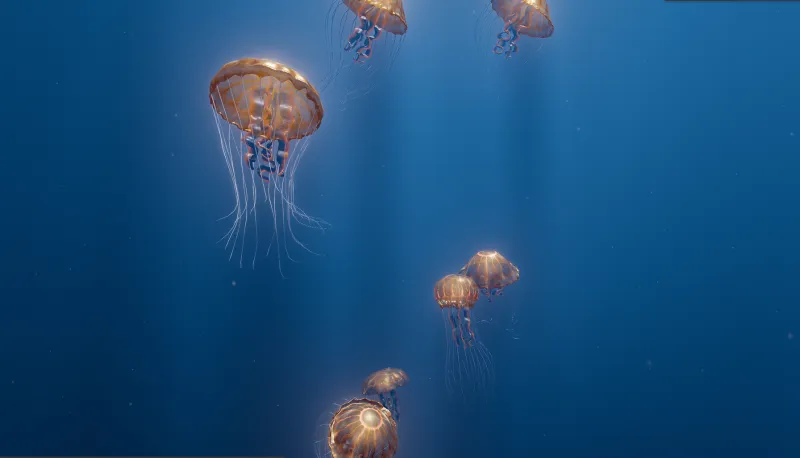This New WebGPU Chrome Feature Is About to Transform Your Web Experience!
The latest release of Chrome 129 brings HDR support through WebGPU's canvas tone mapping mode, elevating website visuals to new heights.
Last updated: September 18, 2024
In the ever-evolving world of web technology, visual quality plays a pivotal role in user engagement and satisfaction.
With the release of Chrome 129, users can now enjoy websites with High Dynamic Range (HDR) support, thanks to the integration of WebGPU's canvas tone mapping mode.
What is HDR?
HDR, or High Dynamic Range, is a technology that enhances the range of colors and contrast in digital images.
In simple terms, it makes the lights brighter and the darks darker, resulting in more vivid and lifelike visuals. Imagine watching a sunset where the colors pop with intensity, or browsing a photo gallery where every detail is crystal clear—this is the magic of HDR.

HDR Support in Chrome 129 with WebGPU
Chrome 129 leverages WebGPU, a powerful graphics API, to bring HDR support to the browser.
Specifically, the canvas tone mapping mode adjusts the way colors are rendered on your screen, ensuring that images and videos appear more realistic and vibrant.
This integration means that web developers can create visually stunning websites that take full advantage of HDR, providing users with a richer browsing experience.
Benefits of HDR for Web Experiences
The introduction of HDR support in Chrome 129 offers several significant advantages for both users and web developers:
1. More Immersive Websites
HDR brings images and videos to life with enhanced color depth and contrast, making websites feel more engaging and interactive.
2. Closer to Native Experience
With HDR, the visual quality of web content can rival that of native applications and high-end media players, providing a seamless and high-quality user experience.
3. Enhanced Visual Fidelity
Websites can showcase products, portfolios, and multimedia content with greater accuracy and detail, appealing to audiences that value aesthetics and quality.
4. Future-Proofing Web Design
As HDR becomes more mainstream, early adoption ensures that websites remain competitive and up-to-date with the latest visual standards.
Embracing the HDR Revolution
As Chrome 129's HDR support becomes widely available, web developers and designers have a new tool to create stunning, immersive online experiences.
By leveraging WebGPU's canvas tone mapping mode, websites can deliver visuals that captivate and delight users, setting a new standard for web aesthetics.






